Examining the impact of digital components across different phases of treatment in a blended care cognitive behavioral therapy intervention for depression and anxiety




Abstract
Background
Depression and anxiety incur significant personal and societal costs. Effective psychotherapies exist, such as cognitive behavioral therapy (CBT); however, timely access to quality care is limited by myriad barriers. Blended care therapy models incorporate traditional face-to-face therapy with scalable, digital components of care, expanding the reach of evidence-based care.
Objectives
The aim of this study is to determine the effectiveness of a blended care CBT program (BC-CBT) in real-world settings and examine the unique impacts of the (1) digital components of care (video lessons and digital exercises) and (2) phase of treatment (early versus late) in decreasing symptoms of anxiety and depression.
Methods
This retrospective cohort analysis included 3401 US-based individuals enrolled in a BC-CBT program, who presented with clinical levels of depression and/or anxiety. The treatment program consisted of regular therapy sessions augmented by clinician-assigned digital video lessons and exercises. A growth curve model incorporating time-varying covariates examined the relationship between engagement with BCT components (ie, therapy sessions, digital video lessons, and digital exercises) during the early (weeks 0-7) and late (weeks 8-15) phases of treatment, and weekly symptom reports on depression and anxiety measures.
Results
On average, a significant decline in depression and anxiety symptoms was observed during the initial weeks of treatment (P<.001), with a continued, though slower, decline over subsequent weeks (P<.001). Each session completed was associated with significant decreases in anxiety (b=–0.72) and depression (b=–0.83) in the early phase, as well as in the late phase (anxiety, b=–0.47; depression, b=–0.27). Significant decreases in anxiety (b=–0.15) and depression (b=–0.12) were observed for time spent on video lessons (measured in 10-minute intervals) in the early phase of treatment. Engaging with exercises was associated with statistically significant increases in anxiety symptoms (b=0.03) during the early phase of treatment. However, sensitivity analyses examining the effects of exercises in isolation revealed significant decreases in anxiety (b=–0.05) in the early phase, suggesting a potential suppression effect in the larger model.
Conclusions
Using a retrospective cohort design, therapy sessions and digital video lessons were uniquely predictive of improvements in depression and anxiety symptoms, and their effects were modulated based on the phase of treatment (early vs late). Future research should investigate whether other treatment variables, such as therapeutic alliance or familiarity with technology, are related to differential effects on various components of care.

